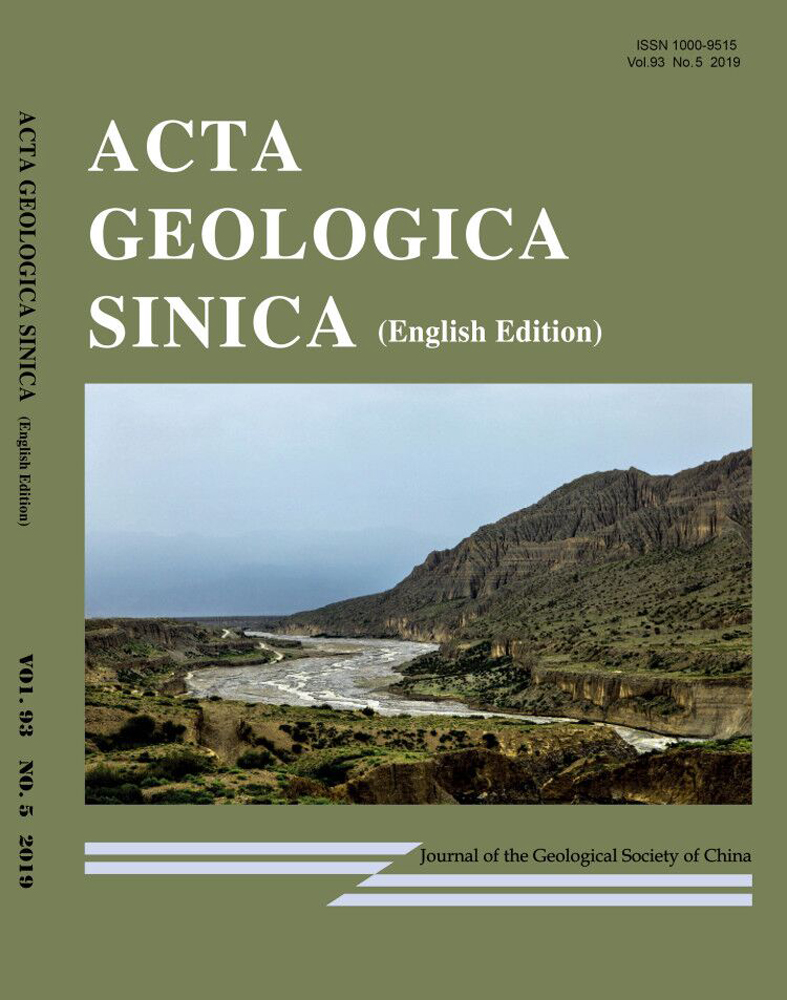A New Species of Coniopteris moguqiensis sp. nov. from the Middle Jurassic Wanbao Formation in Eastern Inner Mongolia, China
About the first author:
ZHANG Yujin, male, born in 1984, doctor; senior engineer in Shenyang Center of the Geological Survey, CGS; with research interests in palaeobotany, regional geology and stratigraphy. Email: [email protected]; phone: 024-86002941, 15524195313.
About the corresponding author:
LIANG Fei, male, born in 1984 in Bozhou City, Anhui Province; doctor; graduated from Research Center of Paleontology and Stratigraphy, Jilin University. He is now interested in the study on paleobotany and stratigraphy and works in the College of Paleontology, Shenyang Normal University. Email: [email protected]; phone: 024-86578601.
Abstract
In recent years, an increasing number of plant fossil leaves and petrified woods have been discovered from the Middle Jurassic Wanbao Formation in Moguqi Town of Inner Mongolia, NE China. Here, we describe a new species of Coniopteris moguqiensis sp. nov. preserved as a fragment with fertile and sterile pinnules. The sterile ultimate pinnules are elongate ovate with sphenopteriod type venation, and fertile pinnules are usually isolated, bipinnate at least with the sorus apical, elliptical, 1 mm in diameter; sporangia are almost globular, 100–150 μm in diameter, and the annulus is vertical. In situ spores are rounded-triangular in polar view, 25–30 μm in diameter with sides straight and slightly convex; trilete, laesurae are thin and slightly straight; the exine surface is usually psilate under the light microscope but finely reticuloid sculptured on the proximal view under a scanning electronic microscope. The fern genus Coniopteris usually suggests a warm and humid environment, which is consistent with the palaeoclimatic conditions of petrified wood and megafossil plants. The new discovery further supplements the floral composition of the Wanbao Formation, providing new material for understanding the evolutionary trend and classification of Coniopteris.




